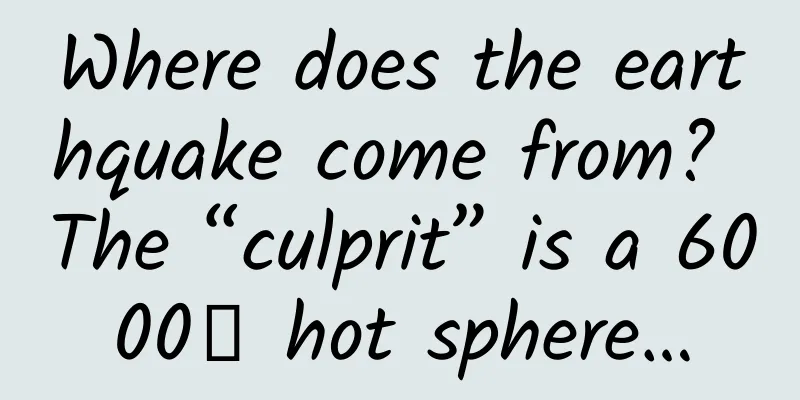What was the universe like before the Big Bang?

|
New research suggests that a new model of the universe, one that alternates between endless expansion and collapse, still needs a beginning. The bouncing universe model solves the problem of singularities, but it also has its own flaws. (Image source: NASA/WMAP Science Team/Robert) New research based on the concept of a cyclical universe that undergoes infinite alternations of expansion and contraction, known as the "bouncing universe" model, points to a troubling problem with its existence. The bouncing universe model proposes that the universe has no beginning, which eliminates a problem that the Big Bang theory cannot explain, namely what happened in the period from the singularity to the beginning of the rapid expansion of the universe. The University at Buffalo researchers say the new bouncing universe model attempts to address the entropy problem (a measure of the unavailable energy in the universe, which can only increase), but it suffers from the same flaws as previously proposed models of endless expansion and contraction. It still requires the universe to have a beginning. Will Kinney, a physicist at the University at Buffalo, said: "People have proposed theories of bouncing universes, which would allow the universe to go back infinitely into the past, but we can see that one of the latest models of this kind doesn't make sense. This latest model of solving the entropy problem, even though the universe has cycles, still has to have a beginning." The generally accepted theory about the origin of the universe is called "cosmic inflation," which proposes that before the beginning of time, all the energy in the universe was contained in a singularity (an infinitesimal point that cannot be described by physics). The singularity disappeared after the period of extremely rapid expansion proposed by the Big Bang theory, after which the universe began to expand and cool, thus leading to the formation of matter - first hydrogen atoms, then heavy elements, and finally stars and galaxies. The problem is that the Big Bang theory can explain the structure of the universe from a fraction of a second after the explosion to the structure we see today 13.8 billion years later, but it cannot explain the situation from the singularity to the beginning of this expansion, or even what caused the expansion. An illustration of the expansion of the universe. (Image source: Getty Images) The bouncing universe theory eliminates this problem. In this theory, because periods of expansion and contraction occur alternately infinitely, there is no beginning, and therefore no need to explain what happened before the beginning. The universe will experience an expansion similar to that proposed by the cosmic inflation model, but then rebound in the form of a "big collapse." Therefore, each new period of expansion begins with the collapse of the previous cycle rather than a singularity. But Kinney believes that the bouncing universe theory has its own flaws. "Unfortunately, these cyclical models have been rejected for nearly a hundred years because the universe becomes disordered or entropy increases over time, so each cycle is different from the previous one. It's not really cyclical, and the latest cyclical models proposed around the entropy increase problem suggest that the entropy of the universe is diluted a little after each cycle of expansion." Kinney said this new bouncing universe model attempts to stretch everything to get rid of cosmic structures such as black holes, thereby restoring the universe to its original homogeneous state before another cycle begins. "We can see that in solving the entropy problem, we have already assumed that the universe had a beginning, and our argument shows that in general any cyclical model that removes entropy through expansion must have a beginning. But our argument does not apply to the cyclical model proposed by Roger Penrose, in which the universe expands infinitely in each cycle, which we are studying," he said. Kinney's partner is UB physics doctoral student Nina Stein. She highlights the problem the two face when studying the bouncing universe: "There is a point in time where before there was nothing, no time, no us, and we want to know what happened before that point" - as all scientists do. But in all models of the universe that we know of that involve entropy, there must be a "beginning." There is always a question that no one can answer. That is, "What happened before this?" This means that what existed before the universe and time came into being remains a mystery to this day and will continue to be hotly debated among cosmologists for some time to come. "There are many reasons to be curious about the early universe, but my favorite is that it's a natural human tendency to want to know what happened," Stein said. "Throughout human culture and history, humans have told stories about the beginning of the universe. We've always wanted to know where we came from." Kinney and Stein's findings are discussed in a paper published in the June edition of the Journal of Cosmology and Astroparticle Physics. BY:Robert Lea FY: All sorts of things If there is any infringement of related content, please contact the author to delete it after the work is published. Please obtain authorization for reprinting, and pay attention to maintaining integrity and indicating the source |
<<: The more you eat, the whiter your skin becomes?! The truth is...
>>: Why do sandstorms always occur in spring?
Recommend
In addition to blind boxes and Bilibili, how will the post-95s lead new marketing trends in the next 10 years?
1. Three characteristics of future consumption th...
What to do if WiFi signal is poor and speed is slow? Maybe your router is not placed properly
Do you often encounter such frustrating situation...
Momo advertising billing model, user attributes and delivery process!
Momo Advertising ’s advertising resources mainly ...
ionic 1.0.0-rc.4 "sulfur-suricate", HTML5 mobile application framework
ionic 1.0.0-rc.4 "sulfur-suricate" was ...
Android 5.0: Google strikes a balance between data and design
[[122991]] The launch of Android 5.0 means that G...
A cool QR code generation project
Another beautiful day! A while ago, I planned to ...
Reuters: European companies’ AI investments need to start showing returns by 2025 as investors lose patience
European companies that have invested heavily in ...
Samsung faces a lame situation: mobile phone addiction drags down performance
Lee Kun-hee, the helmsman of Samsung Group, is st...
Reminder! Don’t use the air conditioner like this in summer, it may cause blindness!
Expert of this article: Li Zongou, Master of Opht...
Guangdiantong account establishment, targeted classification and path landing page production
1. Guangdiantong account establishment The overal...
Public relations planning cases and planning schemes!
The three major problems that public relations pl...
Overseas Promotion: How to promote and attract fans on YouTube?
Because of my work, I currently have the opportun...
Essential for increasing followers: Learn the fission promotion methodology in 5 minutes!
Written in front I personally participated in a c...
How to choose a mini program development company?
There are several criteria for judging whether a ...









